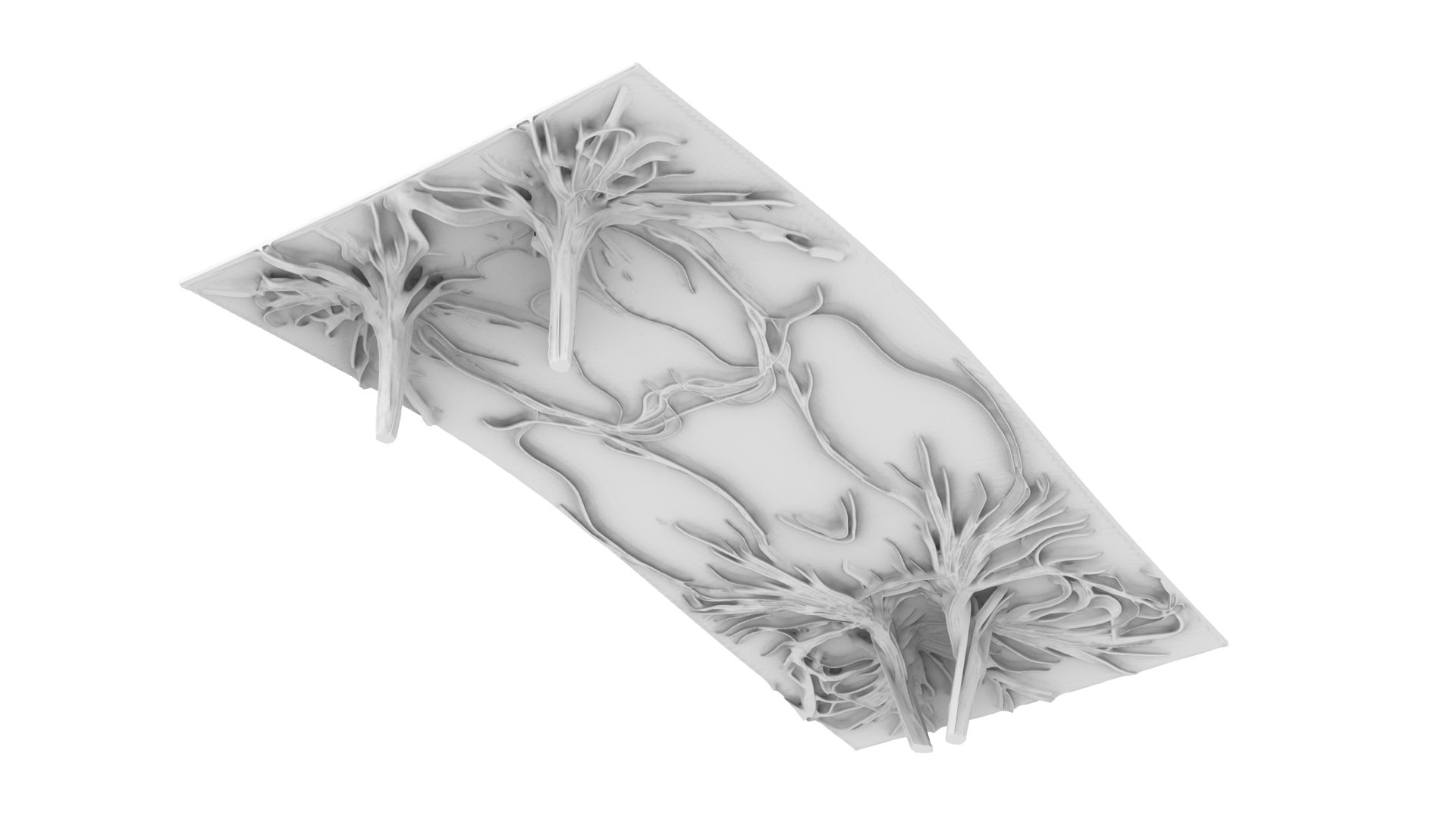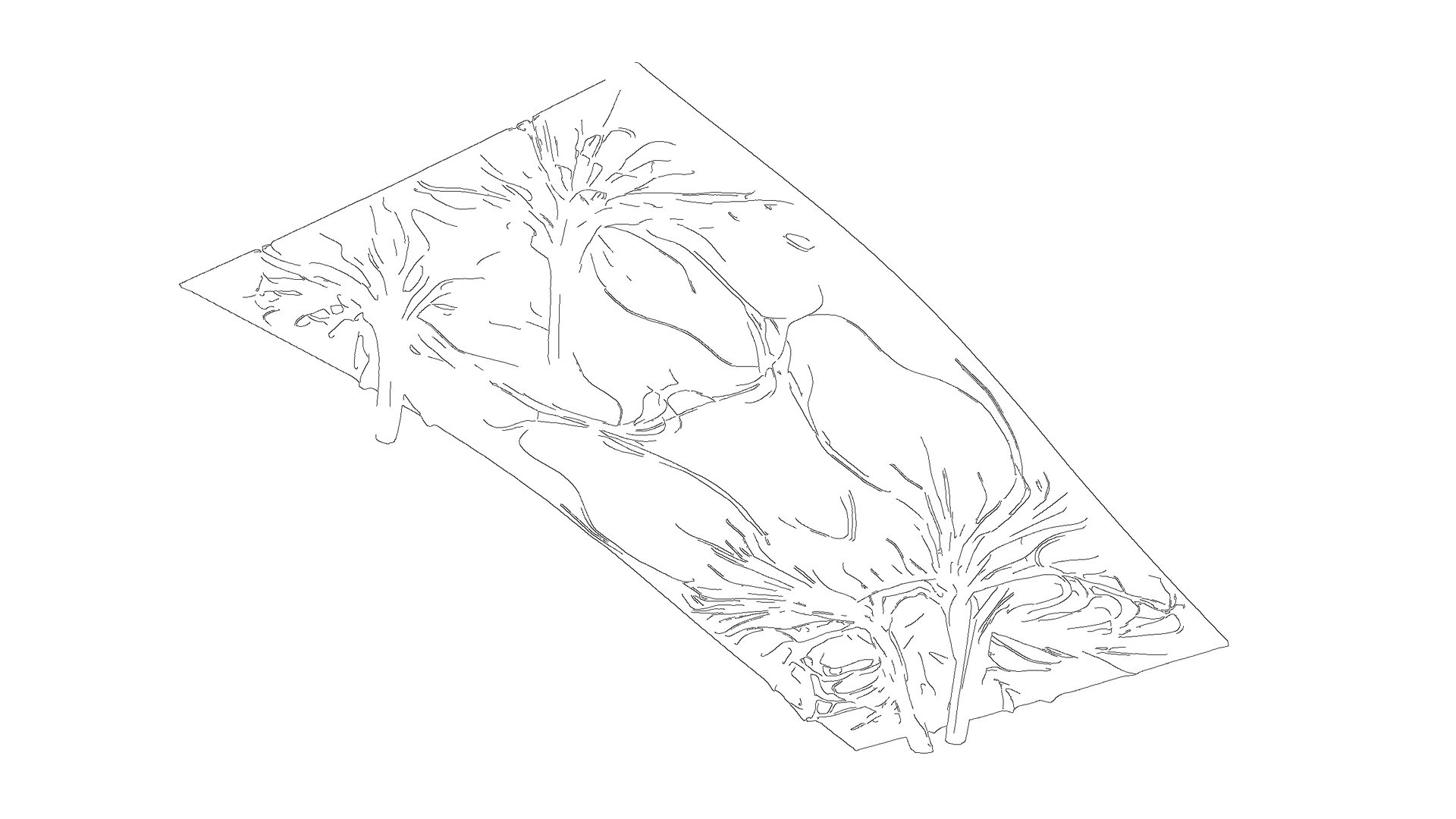Visual Character Analysis for Algorithmic Building Design
/VISUAL CHARACTER ANALYSIS FOR ALGORITHMIC BUILDING DESIGN
Buildings are responsible for 40% of world C02 emissions and 40% of the world's raw material consumption. Designing buildings with a reduced material volume is essential to securing a post-carbon built environment and supports a more affordable, accessible architecture. Architecture’s material efficiency is correlated to structural efficiency however, buildings are seldom optimal structures. Architects must resolve several conflicting design criteria that can take precedence over structural concerns, while material-optimization is also impacted from limited means to quantitatively assess aesthetic decisions. A novel approach to quantitative analysis of visual formal character. Computer vision methods Gabor filtering, Canny Contouring and others are utilized to evaluate the visual appearance of designs and encode these within quantitative metrics. A matrix of design outcomes for a pavilion were utilized to evaluate visual character relative to structural, and geometric methods of analysis and demonstrate a limited set of aesthetic design criteria can be correlated with structural and geometric data in a quantitative metric.
Lead Researcher: Robert Stuart-Smith
Researchers: Patrick Danahy







